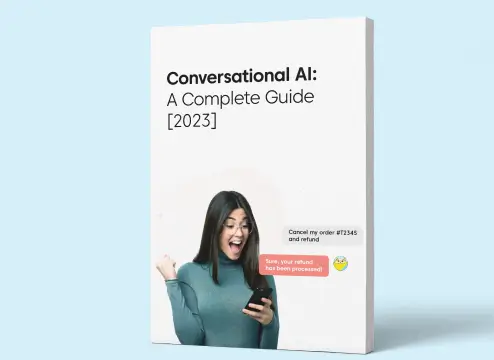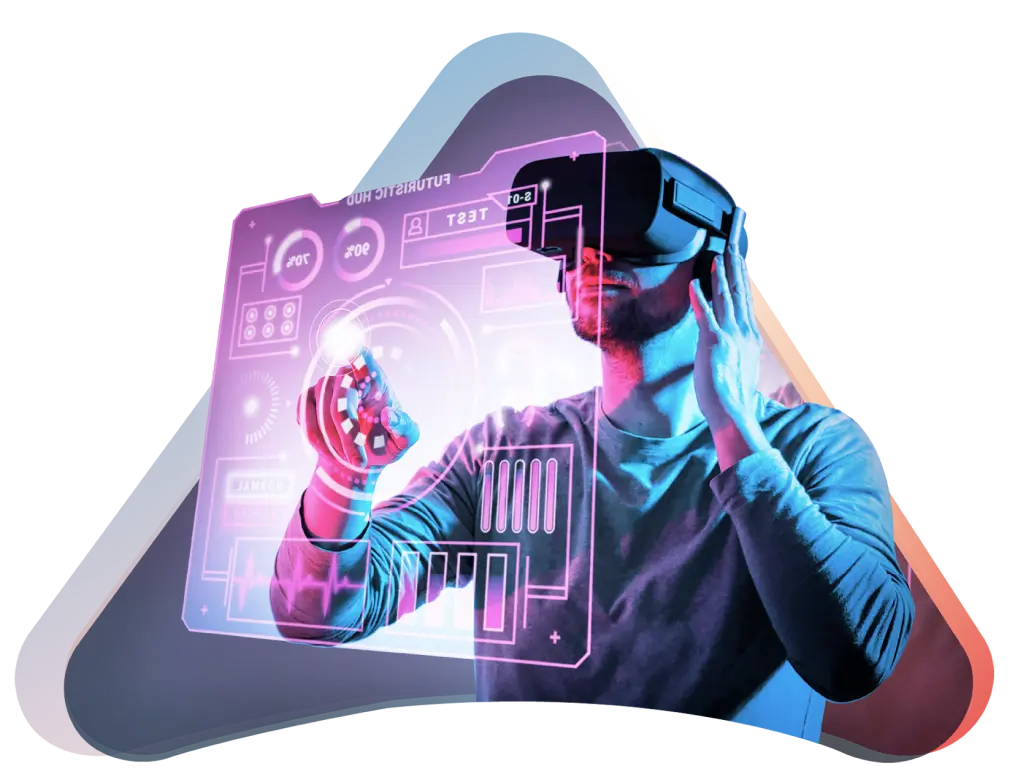The ever-evolving landscape of technology is witnessing rapid advancements in artificial intelligence (AI), which is emerging as a prominent driving force behind innovation. AI is poised to bring about substantial changes in various industries, from personalized services to improved natural language processing, healthcare, and cybersecurity.
In this blog, we will take a closer look at the top AI trends in 2023 and how they will transform the future of technology. Read on to stay ahead of the curve and prepare for the digital transformation of tomorrow.
Generative AI takes the center stage
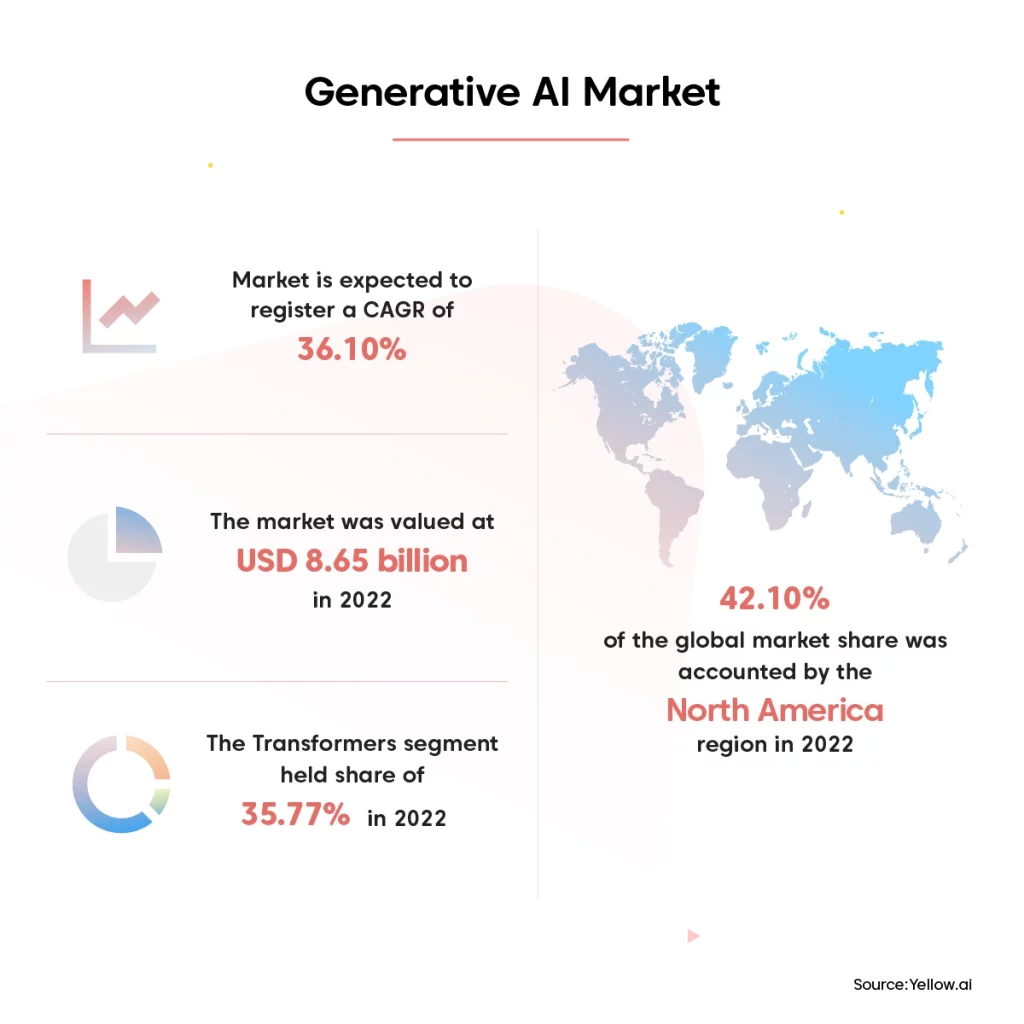
In 2023, AI is breaking away from its conventional role of automating repetitive tasks and venturing into the realm of creativity. Generative AI utilizes pre-existing data to produce completely novel and previously unseen works. Prominent players in this field, such as GPT-3 and DALL-E from OpenAI, have garnered attention for their ability to generate text and images that are almost indistinguishable from human-created content.
It is also increasingly being employed in customer support applications to offer personalized responses to customer inquiries and provide relevant information and support. Generative AI is especially useful in scenarios where customer support agents are overwhelmed by high volumes of inquiries or require support outside of regular business hours. In such cases, generative AI reduces response times and improves overall customer satisfaction by providing fast, accurate, and tailored responses to customer inquiries.
The force of AI-powered personalization
With access to vast amounts of data and sophisticated algorithms, AI is capable of analyzing user behavior and preferences to provide tailored experiences that meet individual needs.
In the e-commerce industry, for instance, AI-powered personalization can help online retailers offer relevant product recommendations, targeted promotions, and personalized pricing to enhance the customer experience. Similarly, in the healthcare sector, AI-powered personalization can help medical professionals provide personalized treatments and care plans based on individual patient data, leading to better health outcomes.
AI-powered personalization is set to transform the way businesses operate across various industries by providing customized experiences that enhance customer engagement and satisfaction.
Advancements in natural language processing (NLP)
NLP is a branch of artificial intelligence (AI) that focuses on the interactions between computers and human language, with the goal of enabling machines to understand and interpret human speech and text.
Advancements in NLP technology are expected to lead to improvements in various areas, such as chatbots and virtual assistants, automated translation, sentiment analysis, and speech recognition. Additionally, NLP-powered chatbots and virtual assistants are becoming increasingly sophisticated, allowing enterprises to provide more accurate and personalized responses to customer inquiries.
Automated translation is another area where NLP is making significant progress, with AI-powered translation systems able to translate text from one language to another with greater accuracy and fluency than ever before. Sentiment analysis, which involves analyzing the emotions and opinions expressed in text, also benefits from NLP advancements, allowing businesses to gain insights into customer sentiment and adjust their strategies accordingly.
The rise of low-code, no-code AI development
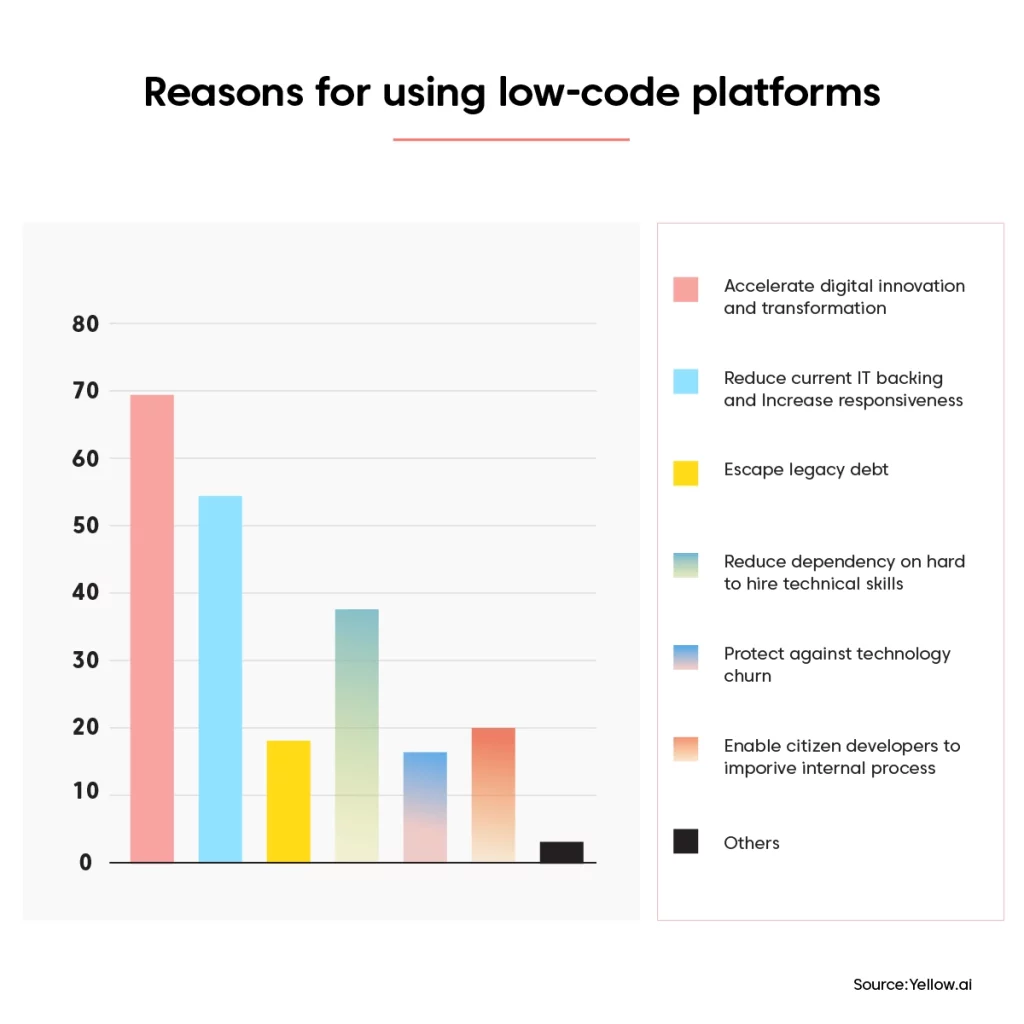
Gartner forecasted that by 2026, “citizen developers”—or those who did not take formal coding courses—will make up 80% of low-code tool development users.
The rise of low-code, no-code AI development is contributing to the democratization of AI, making the technology more accessible to a broader range of users. With low-code, no-code platforms, individuals with little to no coding experience can contribute to the development of AI applications, further expanding the potential of the technology.
Low-code, no-code platforms typically offer drag-and-drop interfaces, prebuilt templates, and automated tools to help users design and train AI models. This makes it possible for companies to build AI-powered applications without having to rely on expensive and time-consuming development processes.
The benefits of low-code, no-code AI development are particularly significant for small and medium-sized businesses, which may not have the resources to invest in large-scale AI development initiatives. With these platforms, businesses can quickly develop and deploy AI applications, even if they lack the expertise or resources for traditional development.
Growth of conversational AI
Conversational AI systems are expected to become more widespread in 2023, with experts predicting an increase in their usage across various industries.
While current chatbot technology may not yet be able to handle complex queries, advancements in AI trends have the potential to make them more advanced and efficient. Organizations are increasingly looking to implement conversational AI assistants in their processes, but to ensure desired results, they must stay updated with the latest AI trends.
These trends include integrations to personalize interactions, using a no-code approach to reduce IT workload, and incorporating natural language processing, machine learning, and sentiment analysis to understand user intent and provide personalized responses.
Strengthening cybersecurity with AI
AI-powered cybersecurity is one of the most exciting developments in the field of cybersecurity in recent years. As organizations increasingly rely on technology to run their operations, they are becoming more vulnerable to cyberattacks.
It involves the use of machine learning algorithms to detect and prevent cyberattacks. These algorithms are designed to learn from data and can detect patterns and anomalies that may indicate an attack is taking place.
While cyberattackers are constantly developing new tactics and techniques to evade detection, traditional cybersecurity solutions might struggle to keep up. In such cases, AI-powered solutions can quickly adapt to new threats by learning from new data. For example, AI algorithms can be trained to detect and respond to known threats and vulnerabilities, including malware, phishing, and denial-of-service attacks. AI can also be used to monitor user behavior and identify anomalies that may indicate a security breach.
The progression of cognitive computing
There is a significant trend emerging in 2023 where AI and RPA are integrated to create intelligent automation solutions. This involves combining the automation capabilities of RPA with the strengths of AI, such as machine learning, natural language processing, and image recognition.
By doing this, enterprises can improve their operations by automating decision-making processes and performing complex analyses, resulting in improved productivity and accuracy. RPA also serves as a foundation for companies looking to integrate AI into critical activities and decisions, allowing robots to simplify everyday operations. Furthermore, businesses can leverage the latest AI trends to enhance their RPA systems, including machine learning to improve decision-making accuracy, NLP to better understand customer needs, and image recognition to automate data extraction from multiple sources.
The AI Revolution in Healthcare
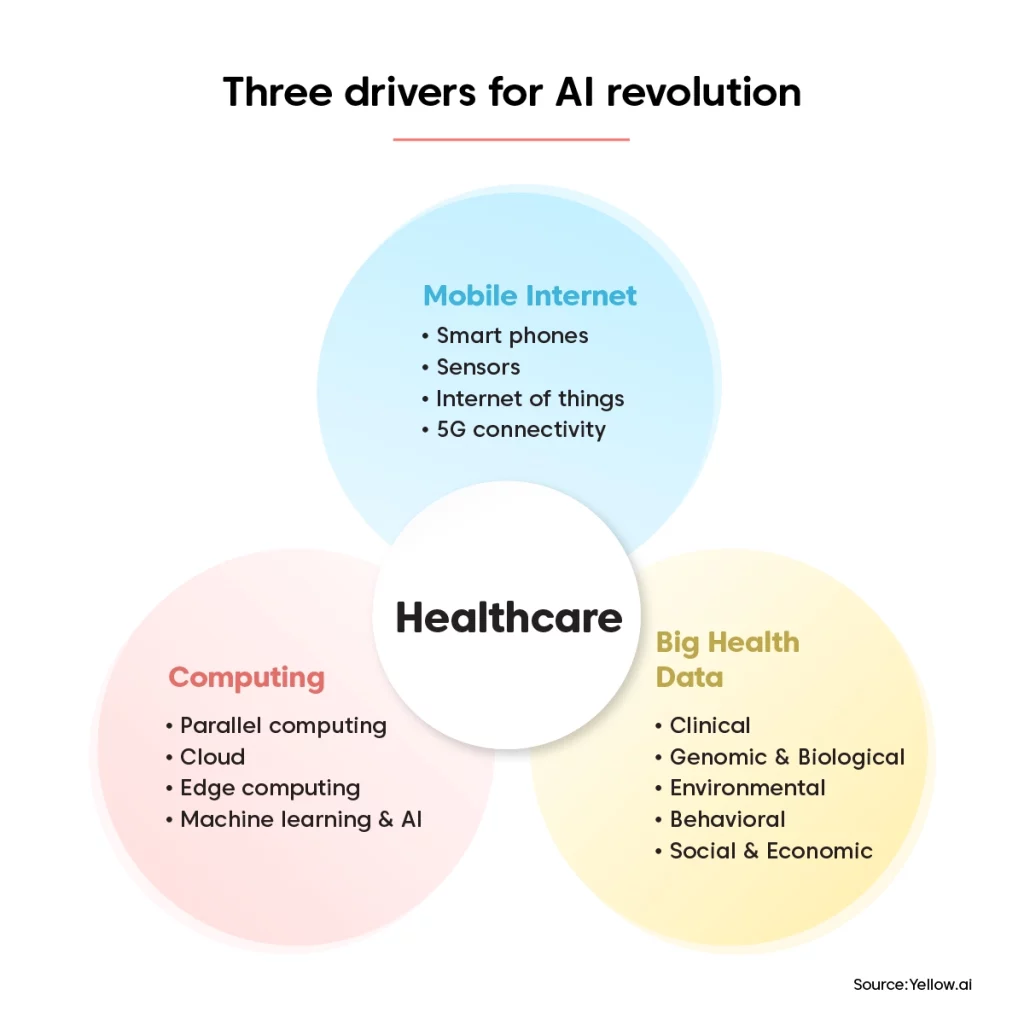
By optimizing electronic health records, AI is enabling medical professionals to deliver precise diagnostics, develop patient-specific medications, and create tailored treatment plans, which is collectively referred to as precision medicine. Additionally, AI-enhanced diagnostics can help reduce the number of patients who experience harm due to hospital negligence or oversight, which currently affects 1 in 4 patients annually.
Telehealth is expanding its capabilities to include virtual physical exams, facilitated by smartphone solutions and wearables. The same technology can also be utilized for conducting decentralized clinical trials, eliminating the need for participants to travel to a trial site for surveys and assessments.
Furthermore, AI with emotion recognition and generation capabilities, known as emotional AI technology, is helping to engage patients with degenerative ailments such as dementia, autistic children, and those who are depressed.
These are the leading artificial intelligence trends to watch out for in 2023, including generative AI and AI-powered cybersecurity. The future seems promising, but it’s crucial to be selective and adopt AI applications that align with your business goals. Don’t join the AI craze just for the sake of it. Instead, consider how it can boost your organization and deliver a substantial return on investment.







